Transforming your living space into a more beautiful, functional, and valuable home doesn’t require a large budget or advanced skills. With a few **simple home improvement projects**, you can elevate your space, boost its resale value, and create a more inviting environment—all while staying within your means. Whether you’re aiming for quick fixes or long-term upgrades, this guide offers actionable tips, DIY ideas, and expert advice to help you achieve stunning results without breaking the bank. From small, impactful changes to larger transformations, discover how even the most modest efforts can yield significant returns. Let’s explore how you can breathe new life into your home with **easy home improvement projects** that deliver real value and leave a lasting impression.
Key Takeaways
– Top Home Improvement Projects: Prioritize kitchen and bathroom renovations for maximum value, as they offer both functionality and aesthetic appeal.
– Smart Home Tech: Integrate smart features for enhanced convenience and modern buyer appeal.
– Exterior & Landscaping: Boost curb appeal with exterior updates and thoughtfully designed landscapes.
– Interior Finishes: Opt for high-quality materials and energy-efficient elements to improve comfort and resale value.
– Furniture & Storage: Choose cohesive, stylish pieces and practical storage solutions for a polished look.
– Aging-In-Place Modifications: Make homes accessible and future-proof with essential adaptations.
– Avoid Overdo: Steer clear of excessive personalization and unnecessary extras to maximize buyer appeal.

What is an easy home improvement project on a budget?
Here’s a list of simple yet impactful home improvement projects you can tackle on a budget:
- Refresh Your Space with a Fresh Coat of Paint
A new coat of paint can transform a room without breaking the bank. Focus on high-traffic areas like walls, ceilings, or cabinetry. Consider neutrals or bold accents to modernize your space. - Add Greenery with Low-Maintenance Plants
Enhance your home decor with easy-care plants like succulents, snake plants, or pothos. These thrive in low light and require minimal watering, making them perfect for busy lifestyles. - Upgrade Lighting Fixtures
Replace outdated light switches or lamps with energy-efficient, modern alternatives. Small changes like LED bulbs or new fixture designs can brighten up your space significantly. - Create a Small Deck or Patio
Turn an unused outdoor area into a cozy spot with treated wood or composite decking. Add some chairs, a small table, and string lights for a relaxing retreat without spending much. - Install New Door Handles and Locks
A quick upgrade to your entryway or kitchen doors can add a polished look. Choose sleek, modern designs that fit your style and enhance security. - Build a Simple Pallet Wood Project
Transform discarded pallets into functional furniture or wall art. Sand and paint them to create unique pieces like shelves, planters, or decorative signs. - Update Your Curtains or Blinds
Switch out old curtains or blinds for sheer, lightweight options like bamboo or Roman shades. These can add privacy and elegance to your windows without major costs. - Refinish or Repurpose Old Furniture
Give neglected furniture a new lease on life with a fresh coat of paint or varnish. Replacing knobs or handles can also add a subtle, stylish update. - Add Storage Solutions
Utilize underutilized spaces with simple storage solutions like shelf brackets, drawer organizers, or hanging shoe racks. These can quickly tidy up any room. - Install a Small Backyard Makeover
If you have a yard or garden, consider planting native grasses, flowers, or herbs. This not only beautifies your space but also attracts pollinators and improves air quality.
Each of these projects can be completed within a limited budget while delivering noticeable results. Whether you’re aiming for a cozy retreat or a more polished look, these ideas offer a great return on investment.
How to Fix Up Your Home on a Budget
To revitalize your home without breaking the bank, focus on cost-effective improvements that maximize impact and longevity. Here’s a step-by-step guide to refreshing your space:
- Wall Repainting : Refresh your walls with a fresh coat of paint. Look for paint samples or discounted rates at local hardware stores. Use a roller for larger areas to save time and effort.
- Floor Refinishing : If your hardwood floors are looking lackluster, consider refinishing them yourself or hiring a professional. This option is often more economical than full replacement.
- Appliance Upgrades : Replace outdated appliances with energy-efficient models to reduce long-term costs. Compare prices at local retailers and online marketplaces before purchasing.
- Furniture Repair : Fix minor damages on wood furniture by sanding and refinishing. Watch tutorials or read guides online for simple techniques and applications of polyurethane finishes.
- Lighting Fixes : Update outdated lighting fixtures with affordable options available at hardware stores or online platforms. Consider LED bulbs for energy savings and longevity.
- Landscape Maintenance : Tackle yard work by renting tools for tasks like raking and trimming. Invest in low-maintenance plants to minimize future upkeep.
- Plumbing Checks : Address leaks under sinks promptly. Use leak detection kits or consult professionals if needed to prevent costly water damage.
- HVAC Cleaning : Regularly clean or replace air filters to enhance indoor air quality and improve system efficiency. Schedule ductwork inspections for optimal performance.
- Window Care : Clean windows thoroughly and seal edges to improve insulation. Check for cracks or peeling paint and consider professional window restoration if necessary.
Planning and Execution
- Create a priority list of home improvement needs based on urgency and cost-effectiveness.
- Shop around for the best deals on materials and tools, combining smaller projects into a single shopping trip to reduce costs.
- Consider DIY projects where feasible, using rental tools for tasks requiring specialized equipment.
- Track expenses and progress meticulously to stay within budget and ensure efficient use of resources.
By focusing on these targeted improvements, you can transform your home into a more inviting and functional space without overspending.
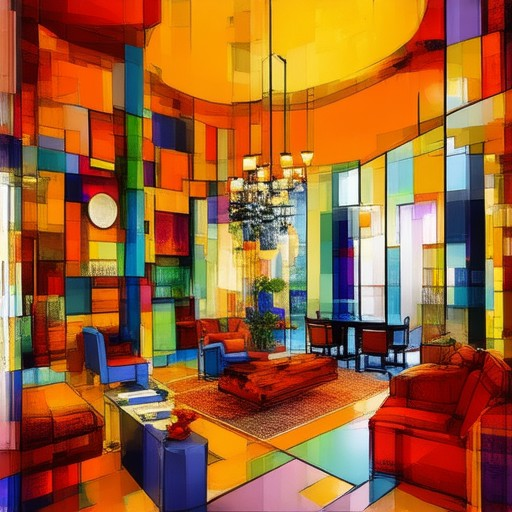
How to Update Your Home with No Money
Upgrading your home doesn’t always require a big budget. With a little creativity and effort, you can refresh your space without spending a dime. Here are some practical ways to give your home a fresh look:
1. Declutter and Organize
Start by clearing out clutter and organizing your spaces. A tidy room feels larger and more inviting. Sort through belongings and donate or sell items you no longer need. This simple step can make your home feel updated and more functional.
2. Repurpose Items
Instead of buying new furniture or decor, try repurposing what you already have. For example, an old door can become a unique interior wall panel, or a dining table can be transformed into a desk. Look for creative ways to reuse items around your home.
3. Small DIY Projects
Focus on low-cost DIY projects that make a big impact. Paint kitchen cabinets, refresh bathroom tiles, or update window trim. These tasks don’t cost much but can completely transform the look of your home.
4. Take a Virtual Home Tour
Plan a virtual tour of your home to identify areas that need attention. Walk through each room and note what could be improved. This exercise can help you visualize changes and prioritize upgrades.
5. Energy-Efficient Upgrades
Improve energy efficiency with simple upgrades like LED lights or programmable thermostats. These changes not only save money but also make your home more comfortable and environmentally friendly.
6. Enhance Your Yard or Garden
Don’t forget your outdoor space. Curb appeal can boost your home’s value and mood. Trim trees, plant flowers, or set up a cozy seating area with items you already own.
7. Get Involved in Your Community
Join neighborhood watch programs or local groups to improve safety and aesthetics. Collaborating with others can lead to shared efforts and resources for home improvements.
8. Add Pet-Friendly Features
If you have pets, consider pet-friendly updates like cat trees or dog gates. These additions can make your home more enjoyable for everyone and add a personal touch.
9. Utilize Free Resources
Take advantage of free workshops, guides, and tools available online. Platforms like YouTube offer tutorials, and local libraries often have resources for home improvement. Learn new skills and apply them to your projects.
By getting creative and focusing on small changes, you can give your home a fresh look without spending a fortune. Remember, the key to updating your home is to enjoy the process and make the most of what you already have.

Projects That Add the Most Value to a Home
The value of a home can significantly increase through thoughtful and well-executed projects. Here are some of the most impactful improvements:
- Kitchen Renovation : Upgrading appliances, cabinetry, and countertops can yield a high return on investment. Modernizing the kitchen often appeals to a broad audience due to its functional and aesthetic impact.
- Bathroom Remodel : Similarly, a modernized bathroom with updated fixtures, tile work, and smart features like a walk-in shower can add substantial value.
- Exterior Updates : Enhancing the roof, siding, or deck can improve curb appeal and overall home value. These projects can also extend the lifespan of key components.
- Smart Home Integration : Installing smart lighting, thermostats, and security systems can enhance convenience and appeal to tech-savvy buyers.
- Landscape Design : A well-designed outdoor space with patios, gardens, or fire pits can elevate the home’s aesthetic and functionality.
- Interior Finishes : Upgrading flooring, walls, and windows to high-quality materials can improve comfort and visual appeal. Energy-efficient windows can also reduce utility costs.
- Furniture and Decor : Selecting cohesive and stylish furniture along with statement pieces can create a polished look that enhances the home’s marketability.
- Storage Solutions : Adding built-in shelving, pantries, or custom closets can improve organization and appeal to buyers who value functionality.
- Aging-In-Place Modifications : Projects like stairlifts, ramps, or wheelchair-accessible bathrooms can make the home more adaptable for future residents.
High-Return-on-Investment House Projects
Kitchen remodels consistently yield one of the highest returns on investment due to their impact on both functionality and aesthetic appeal. Upgrading cabinetry, countertops, and appliances can significantly enhance a home’s value.
Bathroom renovations follow closely, offering a similar boost in ROI. Modernizing fixtures, installing energy-efficient plumbing, and improving storage solutions can make a bathroom more functional and visually appealing.
Smart home technology integration is increasingly popular, with features like automated lighting, thermostats, and security systems adding convenience and appeal, often leading to substantial returns.
Adding a deck or patio extends living space and enhances outdoor entertaining options, making it a desirable feature for many homebuyers.
Replacing outdated windows with energy-efficient models not only improves insulation but also contributes to reduced utility costs, appealing to environmentally conscious buyers.
Fencing projects, particularly those made from high-quality materials, can enhance privacy and safety while boosting curb appeal, making the property more attractive to potential buyers.
Interior painting is a cost-effective way to refresh a home’s appearance. Using neutral tones or bold colors can cater to different tastes, ensuring broad appeal and a quick return on investment.
Investing in landscaping can dramatically improve a home’s curb appeal. Well-manicured gardens, beautiful shrubbery, and neat hedges can make the exterior more inviting and increase the property’s value.
Converting an attic or basement into functional living spaces adds valuable square footage, making the home more versatile and increasing its marketability.

What Does Not Add Value to a House?
When evaluating home improvements, it’s important to focus on upgrades that provide tangible value. Here are some common features that typically do not add significant value to a house:
- Custom Faucets and Fixtures: While they may enhance aesthetics, their cost often exceeds their market value. Buyers generally prefer standard, reliable fixtures.
- Wall-to-Wall Carpeting: This can trap dust mites and allergens, potentially deterring buyers who prefer hardwood or tile floors.
- Major Appliances: Standard appliances like refrigerators and stoves are usually sufficient. High-end models may not justify their cost.
- Landscape Overkill: Excessive landscaping can appear artificial and may not appeal to all buyers, unlike a well-maintained, natural-looking yard.
- Furniture and Decor: High-end, personalized furniture may not appeal to all buyers. Neutral, move-in-ready selections are often preferred.
- Garage Upgrades: Custom garage doors or high-end systems may not always deliver a return on investment unless they are exceptionally high quality.
- Extravagant Personal Touches: Bold or overly personal decor can limit a property’s appeal, as buyers often envision their own style in a space.
Conclusion: Focus on functional, timeless upgrades that resonate with a broad audience. Prioritize long-term returns and buyer appeal when making improvements.
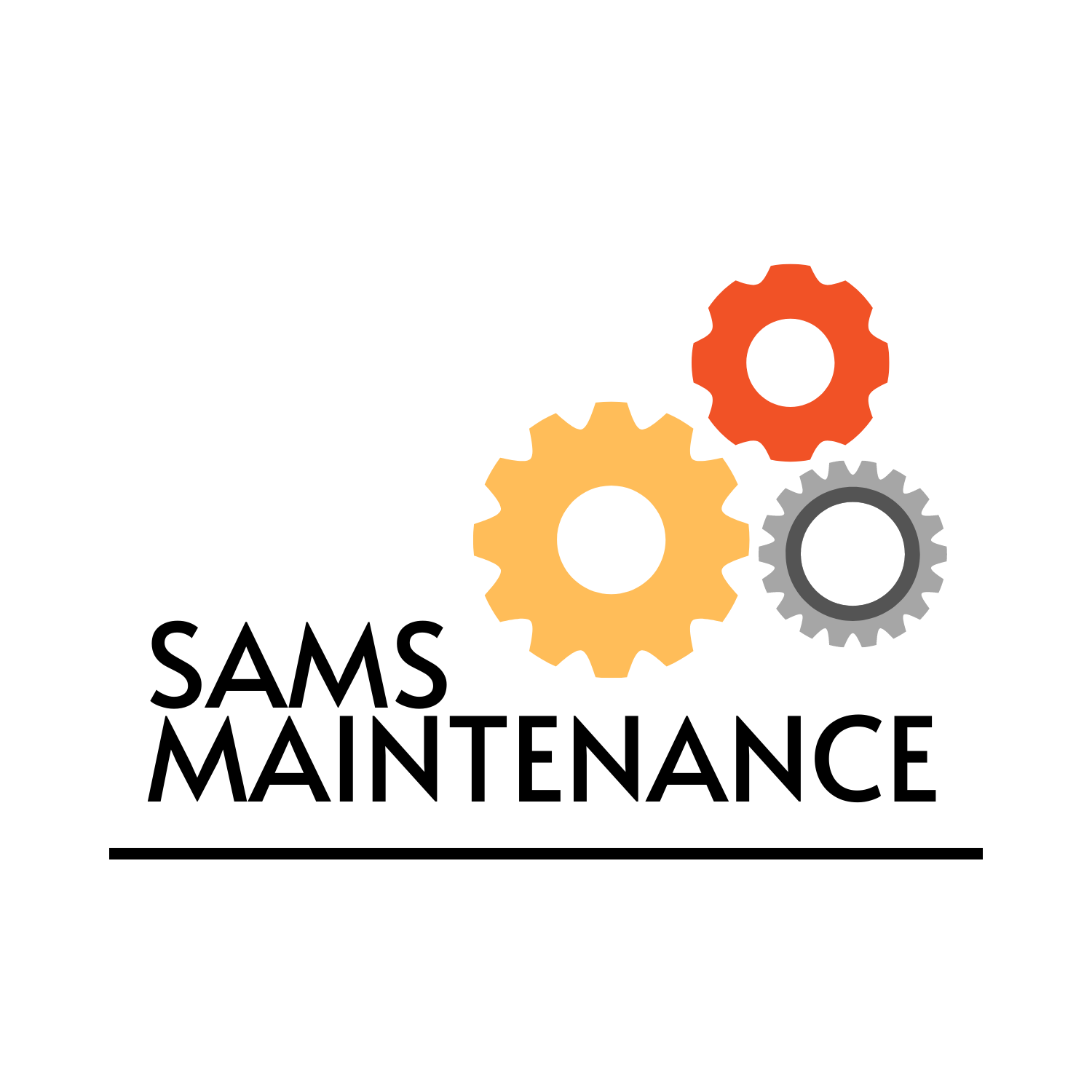
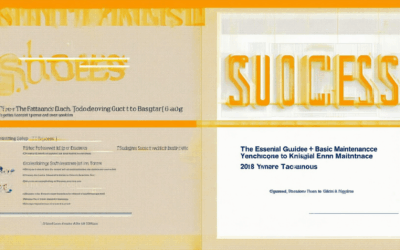
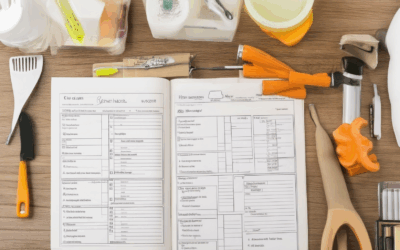
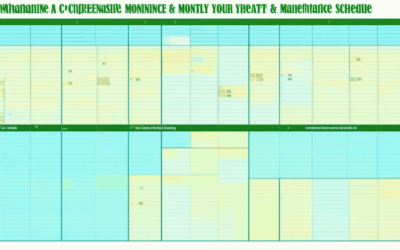
0 Comments